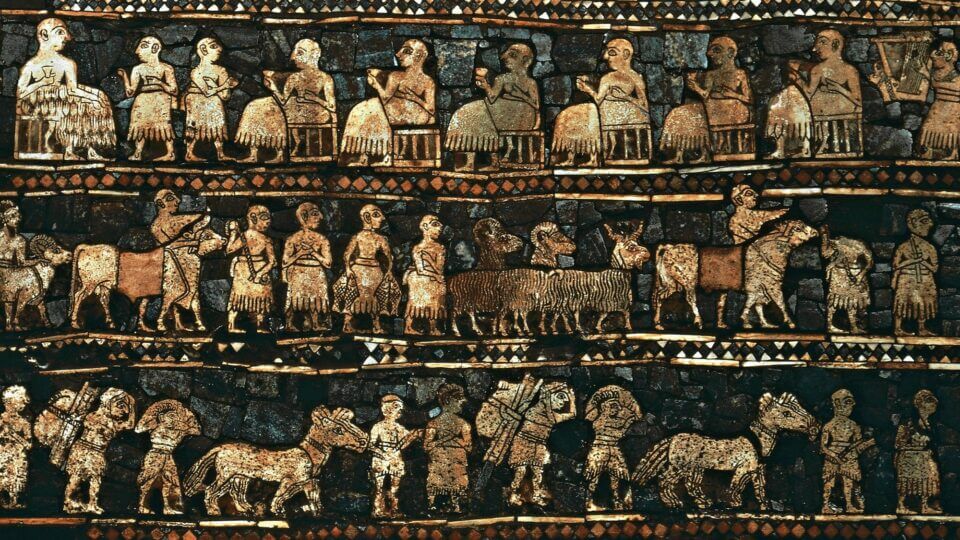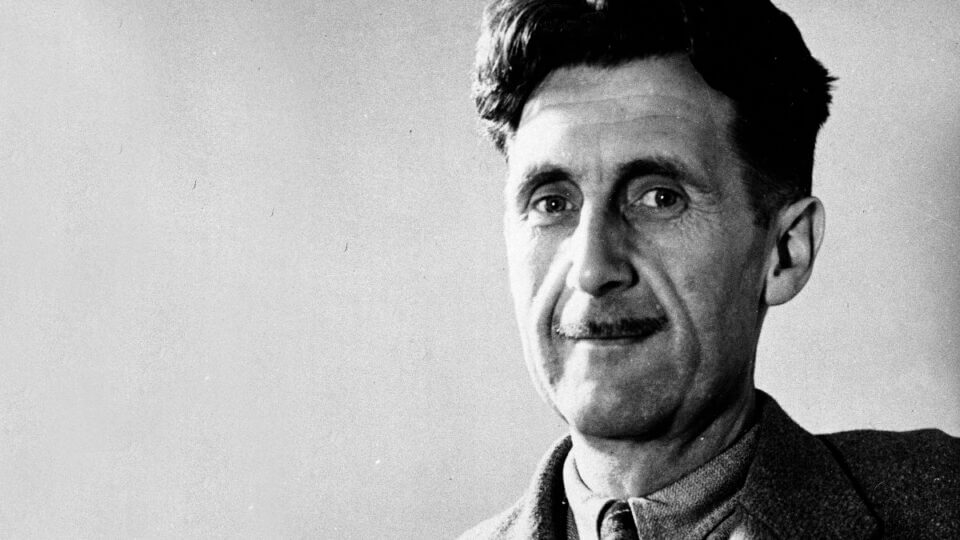
“Johnson understood that winning an election was much less important than winning a party. Elected offices came and went every couple of years; parties were institutions anchored in place by their coalitions and organizers.”
As mayor of Cleveland from 1901 to 1909, Tom Johnson was one of the nation’s most prominent—and radical—Democratic officials. A disciple of Henry George, he was opposed to private ownership of land. This was hardly a winning principle in American politics, yet Johnson still came to be remembered as the “best mayor of the best governed city in United States.” Thus, in 1932, when Raymond Moley was organizing the “Brains Trust” that designed the New Deal, observed that “I’d grown more convinced that someone must be found who could do on a national scale what Tom Johnson had done in Cleveland.” Yet, he lamented that “there was no Tom Johnson,” so Moley was forced to settle instead for Franklin Roosevelt as “the only hope.”
If generations of Democrats looked back to Johnson as something like a progressive superhero, it wasn’t because he abided by anything resembling convention wisdom. One of Johnson’s first stunts defied everything that we today—with our bean-counting, team sport mentality—would consider good, political sense. In 1902, a year after taking office, Johnson began denouncing eight Democratic state legislators for approving a deal that gave a traction company a fifty-year monopoly on Cincinnati’s street cars. Johnson picked up his giant circus tent and brought it around the state of Ohio to the districts of all eight legislators. There he denounced these legislators to throngs of their own constituents, deriding them as malefactors serving wealthy interests. Johnson succeeded in unseating all eight legislators, members—mind you—of his own party.
The following year, the Democratic Party of Ohio did the only thing it could do: nominate Johnson for governor. Much of the party was deeply opposed to Johnson’s philosophy and it was no secret that Johnson wanted to rip up root and branch the corrupt democratic machine in Cincinnati. But Johnson made no effort to conciliate his opponents in the party. Instead, he proposed a platform that would radically alter the nature of governance in Ohio: increasing taxes, setting maximum fares for railroads, establishing direct legislation, and giving his city free reign to socialize monopolies. Johnson, of course, lost the election. But, by his own account, winning was always beside the point: “immediately following my nomination I called upon all who did not believe in the principles we were advocating not to vote for me.” Johnson’s real purpose was to purify the party: “I invited all the crooks and thieves within the party to get out of it.”
In the long run, it didn’t matter whether Johnson won. A couple years later, one of Johnson’s lieutenants in the state legislature broke open a scandal, revealing that the Republican state Treasurer had been using the state budget as a piggy bank for all the prominent figures in his party. Democrats took the state and held it for a decade. The state party platform remained unchanged from Johnson’s 1903 platform, which was normalized with astounding alacrity. Tom Johnson died in 1911. But, in 1912, one of his disciples presided over a state constitutional convention that rewrote Ohio’s Constitution in accordance with Johnson’s planks. That moment represented the final stroke; by then, most of Johnson’s policies had already been implemented.
Tom Johnson and Donald Trump belong to the opposite ends of the political spectrum, but, in many respects, they have been strikingly similar. Both were radicals famous for holding large rallies at which they gave extemporaneous, conversational speeches. Both, importantly, had political philosophies that were at odds with those of their party. Both were business executives who campaigned on their history of corruption, arguing that the same skills that allowed them to game the system as private citizens would allow them to fix it as public officials.
No one really much doubted that Johnson knew what he was doing. The New York Times, which was unflinchingly hostile, still described him as a “wily” politician who “looked far ahead” and played a game others didn’t even understand. Johnson understood that winning an election was much less important than winning a party. Elected offices came and went every couple of years; parties were institutions anchored in place by their coalitions and organizers. Holding a party meant holding the loyalties and ideological affiliations of much of the citizenry, normalizing propositions that could recently have seemed inconceivable. You could lose all the races, but if you held the party you would, even if by sheer dumb luck, eventually win the war.
It’s never been clear how much Trump has understood what he is doing, but he shares enough with Johnson to follow his lead instinctively. As a business executive, he is accustomed to personal loyalty. Establishing control over his organization comes as second nature. He entered into the Republican Party knowing that many within it saw his ideas as radical, unconstitutional, and “un-American.” Thus, he has trained his attacks as much, if not more, on his enemies within the party as those without. A radical, like Johnson, his first and most important war would always be with the elements in his organization that could undermine his agenda. Since his supporters demonstrate little regard for institutions outside of the party, his most significant obstacle is all but certainly the “resistance in administration.”
After receiving a thorough shellacking in the midterm election, Trump didn’t pout. He took the stage and gleefully read off the names of all the Republicans who had lost office—Republicans, he claimed, who did not support him thoroughly enough. All the ludicrous, extremist comments that had alienated suburban voters unseated his naysayers within the party while redoubling the support of rural extremists. Three years after assuming leadership over a party that, in very large part, considered him a problematic outsider, he seems to have reshaped it in his image—made it a more or less pliant body, bereft of his critics. In short, he lost the election but won the party.
In all likelihood, Trump’s political career is not long for this world. But the party that he has made probably is. The more he makes the party anathema to certain sectors of American society, the more Republican officials will need to depend on animating and sustaining his base, an unruly group that will need to be fed progressively larger and bloodier chunks of meat to remain engaged. The career politicians, administrators, and organizers who had represented constitutionalist or libertarian ideals have disappeared back into private life or too thoroughly comprised their values to ever resurrect them. All that is left of the Republican Party is a radical husk of authoritarian nationalism. But, in our two-party system, even a husk of a party ultimately returns to power.
Christopher England holds a Ph.D. in U.S. History from Georgetown University and has taught at Georgetown and the University of Wisconsin-Madison.










